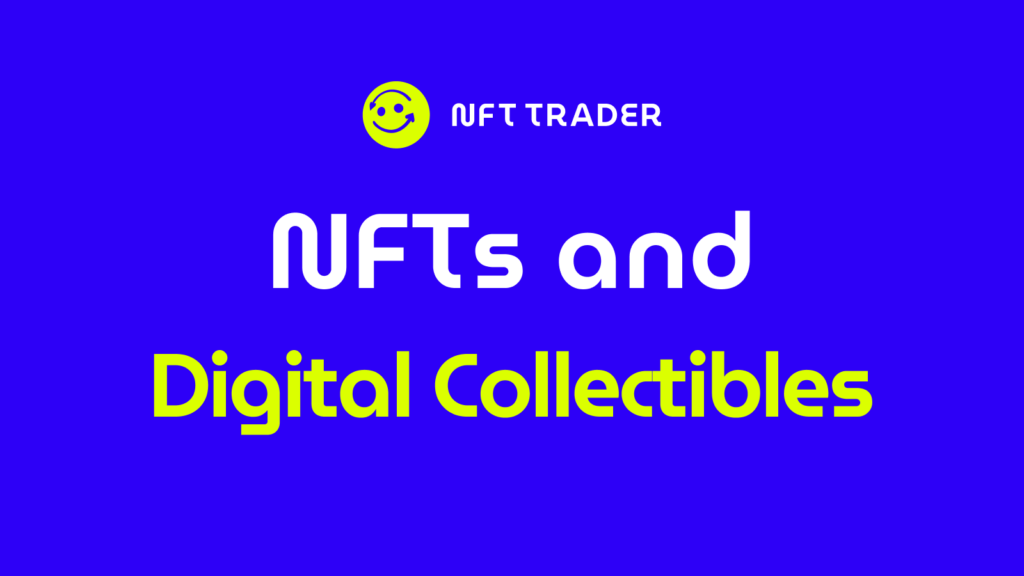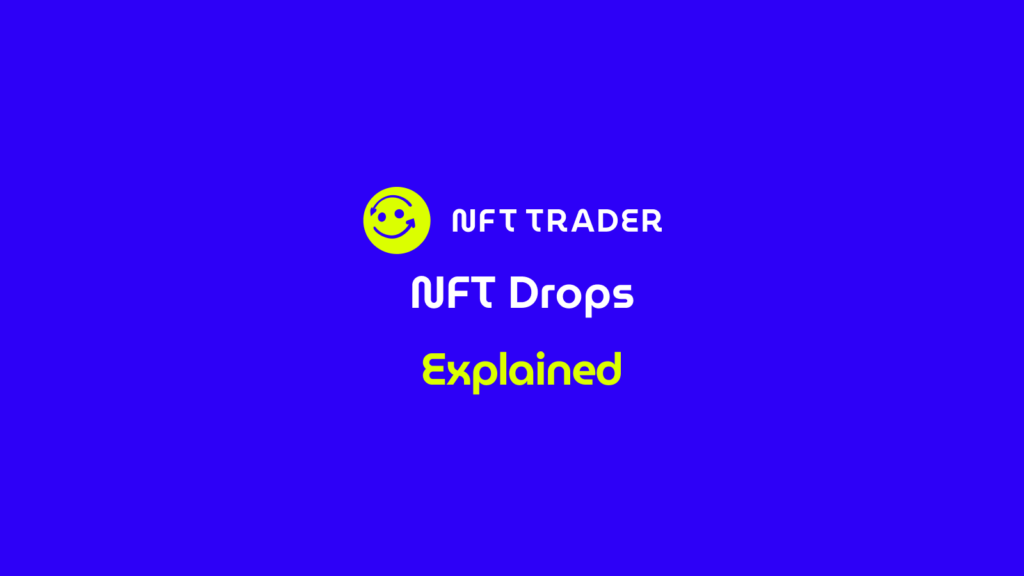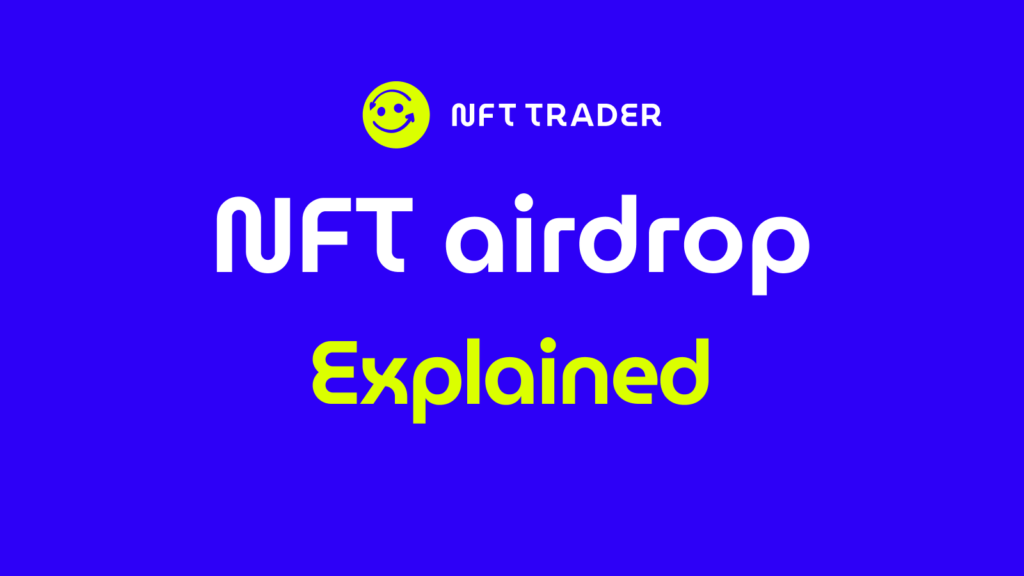NFTs and Digital Collectibles: What They Are And Key Differences

In recent years, the rise of digital collectibles and NFTs has transformed how we perceive and trade digital assets. These technologies, driven by blockchain, offer verifiable scarcity and empower creators with new monetization opportunities. They’re reshaping digital ownership and provenance, impacting not only art and entertainment but also finance, gaming, and more. NFTs are a significant force in our increasingly digital world, redefining the value and ownership of digital content.
Summary:
- Defining digital collectibles
- Defining NFTs
- Key differences between NFTs and digital collectibles
- Real-world applications and examples
Defining digital collectibles
Digital collectibles are virtual items or assets that hold value and significance in the digital realm. They can take various forms, including images, videos, audio files, virtual trading cards, skins for video game characters, and even virtual real estate. What sets digital collectibles apart is their rarity, uniqueness, and the use of blockchain technology, particularly Non-Fungible Tokens (NFTs), to establish verifiable ownership and scarcity. These collectibles can be created, bought, sold, and traded in online marketplaces, often allowing creators and artists to monetize their digital creations. Digital collectibles have gained immense popularity for their potential to bridge the gap between the physical and digital worlds, enabling collectors to own and showcase unique digital assets with intrinsic value in today’s increasingly digital age.
Defining NFTs
Non-Fungible Tokens (NFTs) are a type of digital asset that have gained widespread attention and significance in the digital age. NFTs are unique tokens built on blockchain technology, which ensures their scarcity and provable ownership. Unlike cryptocurrencies such as Bitcoin or Ethereum, NFTs are non-interchangeable, meaning each token represents a one-of-a-kind digital item or piece of content, such as digital art, music, virtual real estate, collectibles, and more. These tokens have revolutionized the way we value and trade digital assets, offering creators a way to monetize their digital creations and collectors a means to own and showcase rare and unique digital items in a transparent and secure manner. NFTs have sparked a new era of creativity, digital ownership, and provenance, reshaping various industries and influencing how we perceive and engage with digital content.
Key differences between NFTs and digital collectibles
Digital collectibles and NFTs, while related, have distinct differences. Digital collectibles encompass a broad range of virtual items valued for their uniqueness and rarity in the digital world. They can be both fungible and non-fungible, with some items being interchangeable, like trading cards, and others being singular, like limited edition digital art. NFTs, on the other hand, specifically refer to non-fungible tokens, which are unique, indivisible digital assets created using blockchain technology to prove ownership and scarcity. NFTs have emerged as a new digital asset class, with their primary characteristic being non-interchangeability, making each token represent a one-of-a-kind item or piece of content.
In essence, NFT collectibles, as a subset of NFTs, signify a revolutionary shift in how we value and trade digital collectibles. They provide a secure and transparent means for creators to monetize their work and for collectors to own and showcase rare digital items. When comparing NFTs to other forms of digital collectibles, the key distinction lies in the level of uniqueness and provable ownership. NFTs offer an indisputable digital provenance, distinguishing them from fungible digital collectibles that lack this level of authenticity and scarcity. This fundamental difference has sparked a transformative trend in the digital realm, elevating NFTs to a new echelon in the world of digital assets, with profound implications for creators, collectors, and industries at large.
Ownership & Provenance
Ownership and provenance in NFTs are established and verified with a level of transparency and authenticity that distinguishes them from other forms of digital collectibles. NFTs leverage blockchain technology to record and verify ownership on a decentralized ledger, creating an unalterable and publicly accessible digital trail. This means that the origin and entire ownership history of an NFT can be traced back to its creation, providing indisputable proof of authenticity. In contrast, other digital collectibles often rely on centralized databases or platforms to verify ownership, which can be susceptible to manipulation or disputes.
Furthermore, the non-fungible nature of NFTs ensures that each token represents a unique and irreplaceable item, solidifying the connection between the token and the digital collectible it represents. This unique digital fingerprint adds an extra layer of security and trust to the ownership and provenance of NFTs. In contrast, other digital collectibles, even if considered rare, may lack this level of verifiability and can be subject to issues related to duplication or counterfeiting.
Overall, NFTs have introduced a groundbreaking paradigm for establishing and verifying ownership and provenance in the digital collectibles space, setting a new standard for transparency, security, and authenticity that has transformative implications for various industries.
Interoperability & Trade
The exploration of trade possibilities and interoperability in the realm of NFTs presents a stark contrast to other digital collectibles. NFTs, powered by blockchain technology, have ushered in a new era of frictionless digital asset exchange. They can be bought, sold, and traded across various online marketplaces and platforms, often with minimal restrictions. The transparent and decentralized nature of blockchain ensures that the ownership and provenance of NFTs remain consistent and verifiable, regardless of where they are traded. This interoperability enables collectors and investors to navigate a vast and fluid NFT ecosystem, where assets from different creators, platforms, and virtual worlds can seamlessly coexist.
In contrast, other digital collectibles typically lack this level of cross-platform interoperability. They often exist within closed ecosystems or are subject to restrictions imposed by centralized entities. This limits their trade possibilities and hampers the fluid exchange seen in the NFT space. The ability of NFTs to transcend these barriers and create a global marketplace for unique digital assets has contributed significantly to their appeal and transformative impact in the digital age, reshaping the way we perceive and engage with digital collectibles.
Scarcity & Value
The creation and valuation of scarcity in NFTs stand in stark contrast to other digital collectibles. NFTs establish scarcity through the blockchain’s immutable ledger, where each token represents a unique, one-of-a-kind digital asset. This inherent non-fungibility ensures that the supply of a particular NFT is strictly limited, giving it intrinsic rarity and value. Moreover, the transparent and publicly accessible ownership history of NFTs provides irrefutable proof of their scarcity, enhancing their desirability among collectors.
Conversely, other digital collectibles often rely on more subjective measures of scarcity, such as edition numbers or rarity tiers determined by centralized entities. These methods can be less transparent and susceptible to manipulation. Additionally, the fungible nature of some digital collectibles means that they can be easily replicated or mass-produced, further challenging the perception of scarcity.
In essence, NFTs have revolutionized the way scarcity is created and valued in the digital collectibles realm, offering a level of authenticity and provable uniqueness that sets them apart and has redefined the parameters of digital asset scarcity and value.
Real-world applications and examples
NFTs and digital collectibles have found diverse applications across a wide range of industries, reshaping the way we interact with digital assets. In the art world, NFTs have enabled artists to tokenize their creations, giving them a direct avenue for monetization and ownership verification, while collectors can now easily showcase their digital art collections in virtual galleries. In the music industry, musicians have leveraged NFTs to sell exclusive content and concert tickets, forging closer connections with their fan base. In gaming, NFTs have revolutionized in-game economies, allowing players to buy, sell, and trade unique in-game items and virtual real estate. The world of fashion has seen digital collectibles transform into virtual clothing and accessories, offering a new dimension of self-expression in virtual worlds and metaverse environments. Even traditional finance has been disrupted, with NFTs being used for fractional ownership of real-world assets like real estate or rare physical collectibles.
These innovative applications of NFTs and digital collectibles underscore their transformative potential in various industries, transcending traditional boundaries and reshaping how we create, value, and trade digital assets in the ever-evolving digital age.
Art & Entertainment
NFTs and digital collectibles have made a profound impact on the art and entertainment industries. In the art world, artists have embraced NFTs to tokenize their digital creations, allowing them to sell their work as unique digital assets. This shift has democratized art ownership, enabling collectors to purchase and display digital art securely and transparently. Iconic works like Beeple’s “Everydays: The First 5000 Days” fetching millions at auction have demonstrated the immense value NFTs can bring to digital art.
Similarly, in the entertainment sector, musicians, filmmakers, and content creators have leveraged NFTs to engage with their audiences in innovative ways. Musicians have sold exclusive music releases as NFTs, granting fans not just ownership but often access to special experiences like virtual concerts. Meanwhile, filmmakers have used NFTs to fund and distribute their movies, providing a new avenue for financing independent projects.
These examples showcase how NFTs and digital collectibles are revolutionizing the art and entertainment industries, offering new revenue streams for creators, increased engagement for audiences, and a more equitable ecosystem for all involved.
Gaming
The gaming industry has seen a significant transformation with the integration of NFTs and digital collectibles, creating novel opportunities for players, developers, and collectors alike. NFTs are being used in gaming in several ways:
- Unique In-Game Items: NFTs allow for the creation of one-of-a-kind in-game assets, such as skins, weapons, and characters. Players can buy, sell, or trade these digital items, giving them true ownership and value. Games like Axie Infinity and CryptoKitties have popularized this concept.
- Player-Owned Assets: NFTs grant players ownership of their in-game assets. This ownership extends beyond a specific game, meaning players can carry their items to other compatible games or sell them in open marketplaces. It introduces a sense of true ownership and investment in the virtual world.
- Blockchain-Based Economies: Some games are integrating blockchain technology to create player-driven economies. NFTs facilitate secure and transparent transactions within these virtual economies, fostering trust and reducing fraud.
- Gaming Collectibles: Traditional collectibles like trading cards have found a digital home in NFTs. Players collect, trade, and showcase digital collectibles, which may represent characters, achievements, or unique in-game moments.
- Decentralized Virtual Real Estate: NFTs are used to represent virtual real estate or land in metaverse-style games. These properties can be developed, traded, and even generate income for players.
Overall, NFTs and digital collectibles are revolutionizing the gaming industry by providing players with real ownership, fostering player-driven economies, and enabling new revenue streams for developers. This innovation has created a bridge between the gaming and blockchain worlds, giving rise to exciting possibilities in the evolving landscape of digital entertainment.
Sports
The sports industry has been quick to recognize the potential of NFTs and digital collectibles as a means of engaging fans, enhancing fan experiences, and creating new revenue streams. Sports franchises and organizations have started to use NFTs to mint digital collectibles representing iconic moments, athlete memorabilia, or limited-edition fan merchandise. These digital assets grant fans true ownership and authenticity, and they often come with exclusive perks, like meet-and-greets with athletes or access to unique experiences. Additionally, NFTs are being integrated into fantasy sports, enabling fans to trade and compete using digital collectibles tied to real-world athletes’ performance. This adoption of NFTs and digital collectibles in the sports industry has not only provided fans with innovative ways to connect with their favorite teams and athletes but has also created new revenue streams and marketing opportunities for sports organizations in an increasingly digital world.



